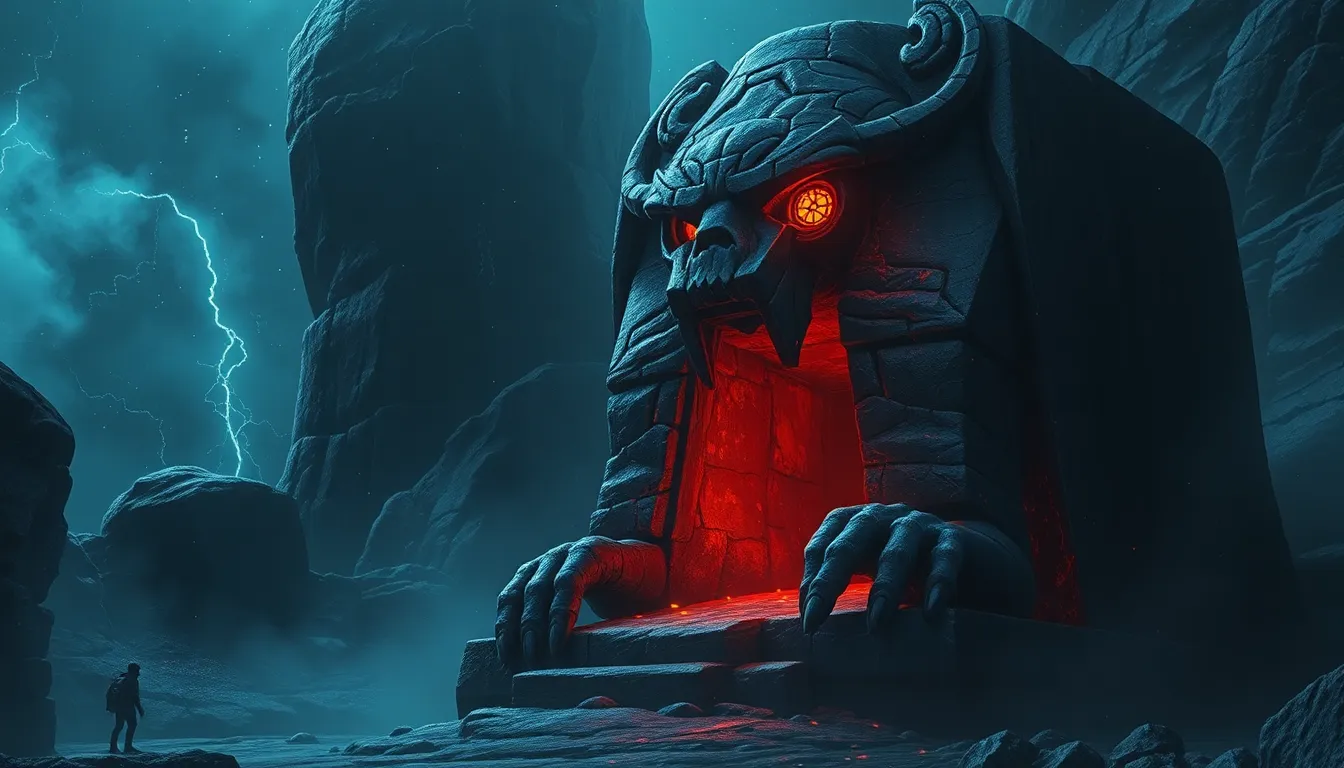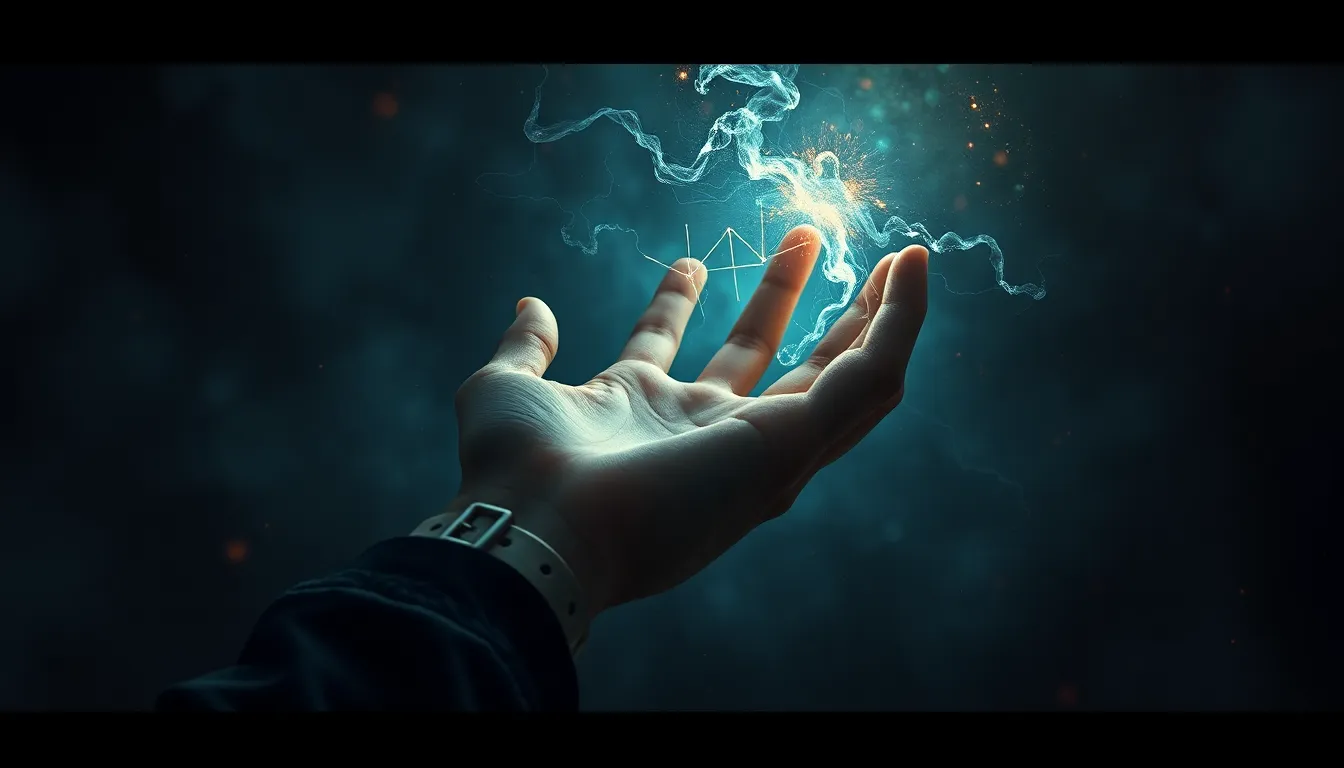The Golem’s Stone: Myths of Creation and Protection
I. Introduction
The Golem myth is a captivating narrative that transcends cultural boundaries, originating from Jewish folklore and evolving into a rich tapestry of stories and interpretations. At its core, the Golem represents the interplay between creation and protection, embodying the dual nature of human ingenuity and the responsibilities that accompany it. This article explores the significance of the Golem in cultural and historical contexts, delving into its myths of creation and the protective qualities attributed to it.
II. The Origins of the Golem Legend
The origins of the Golem legend can be traced back to ancient Jewish texts, where it is often depicted as an animated being created from inanimate matter. The Golem is most famously associated with Rabbi Judah Loew of Prague, a 16th-century scholar who was believed to have brought a Golem to life to protect the Jewish community from persecution.
- Historical Roots: Early mentions of the Golem can be found in the Talmud and later Kabbalistic texts, symbolizing the quest for divine creation.
- Key Figures: Rabbi Loew is a central figure, credited with the creation of the Golem to defend against anti-Semitic attacks.
- Evolution: Over time, the Golem story has been adapted in various cultures, reflecting the changing societal landscapes and fears.
III. The Symbolism of the Golem
The Golem serves as a potent symbol within Jewish culture, representing not only protection but also the complexities of creation.
- Protector of the Community: The Golem is often seen as a guardian, embodying the hopes and fears of a marginalized community.
- Duality of Creation: The act of creating a Golem is both life-giving and life-taking, illustrating the moral complexities involved in creation.
- Metaphor for Human Creativity: The Golem reflects human creativity and the heavy burden of responsibility that comes with it.
IV. The Role of the Golem’s Stone
Central to the creation of the Golem is the mystical stone, often inscribed with sacred words. This stone holds significant symbolic meaning.
- Mystical Properties: The stone is believed to possess divine energy necessary for animating the Golem.
- Source of Power: It symbolizes strength and protection, representing the Golem’s role as a defender.
- Cultural Variations: Different cultures portray the stone in unique ways, adapting its significance to local beliefs.
V. Myths of Creation in the Golem Narrative
The act of creation is a central theme in the Golem narrative, intertwining with various philosophical and ethical questions.
- Creation Process: The Golem is formed from clay and given life through the utterance of sacred words, indicating a deep connection to divine influence.
- Comparative Myths: Similarities can be drawn between the Golem and figures like Prometheus and Frankenstein, who also grapple with the consequences of creation.
- Ethical Implications: The creation of the Golem raises questions about the morality of creating life and the responsibilities that come with it.
VI. Protection Themes in Golem Stories
Protection is one of the primary themes in Golem stories, showcasing the Golem’s role as a defender in times of crisis.
- Defender Against Persecution: The Golem is often invoked as a shield against enemies, symbolizing the fight against oppression.
- Intervention Legends: Numerous legends recount instances where the Golem intervenes during critical moments, saving lives and communities.
- Tension of Destruction: The Golem’s protective nature can quickly turn destructive, reflecting the thin line between salvation and devastation.
VII. The Golem in Modern Literature and Media
In contemporary culture, the Golem has been reimagined in various forms, reflecting current societal anxieties and themes.
- Adaptations in Fiction: The Golem has appeared in numerous novels and stories, often reinterpreted to address modern issues of identity and belonging.
- Films and Graphic Novels: The Golem motif is prevalent in cinema and graphic novels, showcasing its versatility as a cultural icon.
- Reflection of Society: Modern portrayals often mirror contemporary struggles, emphasizing themes of alienation and the quest for protection.
VIII. The Golem as a Cultural Icon
The Golem has transcended its origins to become a cultural icon, influencing various forms of art and tradition.
- Art and Visual Culture: Artists have drawn inspiration from the Golem, depicting it in diverse styles that reflect its multifaceted nature.
- Jewish Rituals: The Golem remains a significant figure in Jewish rituals, symbolizing hope and protection.
- Global Interpretations: Different cultures have adopted the Golem myth, adapting its themes to resonate with local beliefs and experiences.
IX. The Legacy of the Golem
The Golem myth continues to resonate in contemporary discussions, highlighting its ongoing relevance.
- Enduring Relevance: The Golem serves as a reminder of the complexities of creation and protection in an increasingly technological world.
- Ethics in Science: The narrative raises important questions regarding the ethical implications of scientific advancements and the creation of life.
- Identity and Belonging: The Golem symbolizes the struggle for identity and the search for belonging in a diverse society.
X. Conclusion
In conclusion, the Golem’s significance in the realms of creation and protection remains profound. This ancient myth continues to inspire discussions about the responsibilities of creators, the ethics of science, and the enduring human desire for safety and belonging. The Golem stands as a testament to the complexities of life, creativity, and the protective instincts that define our shared humanity.




